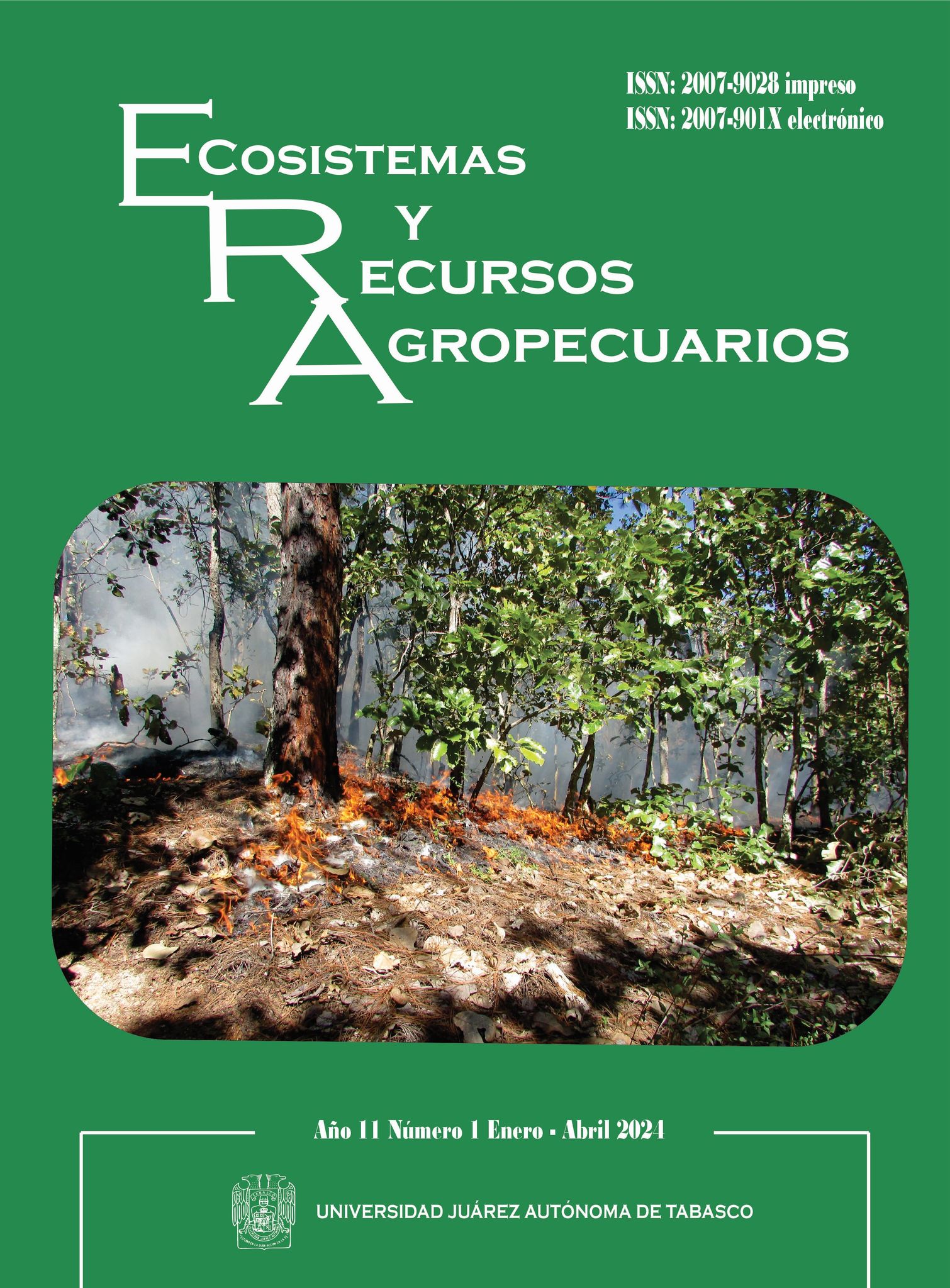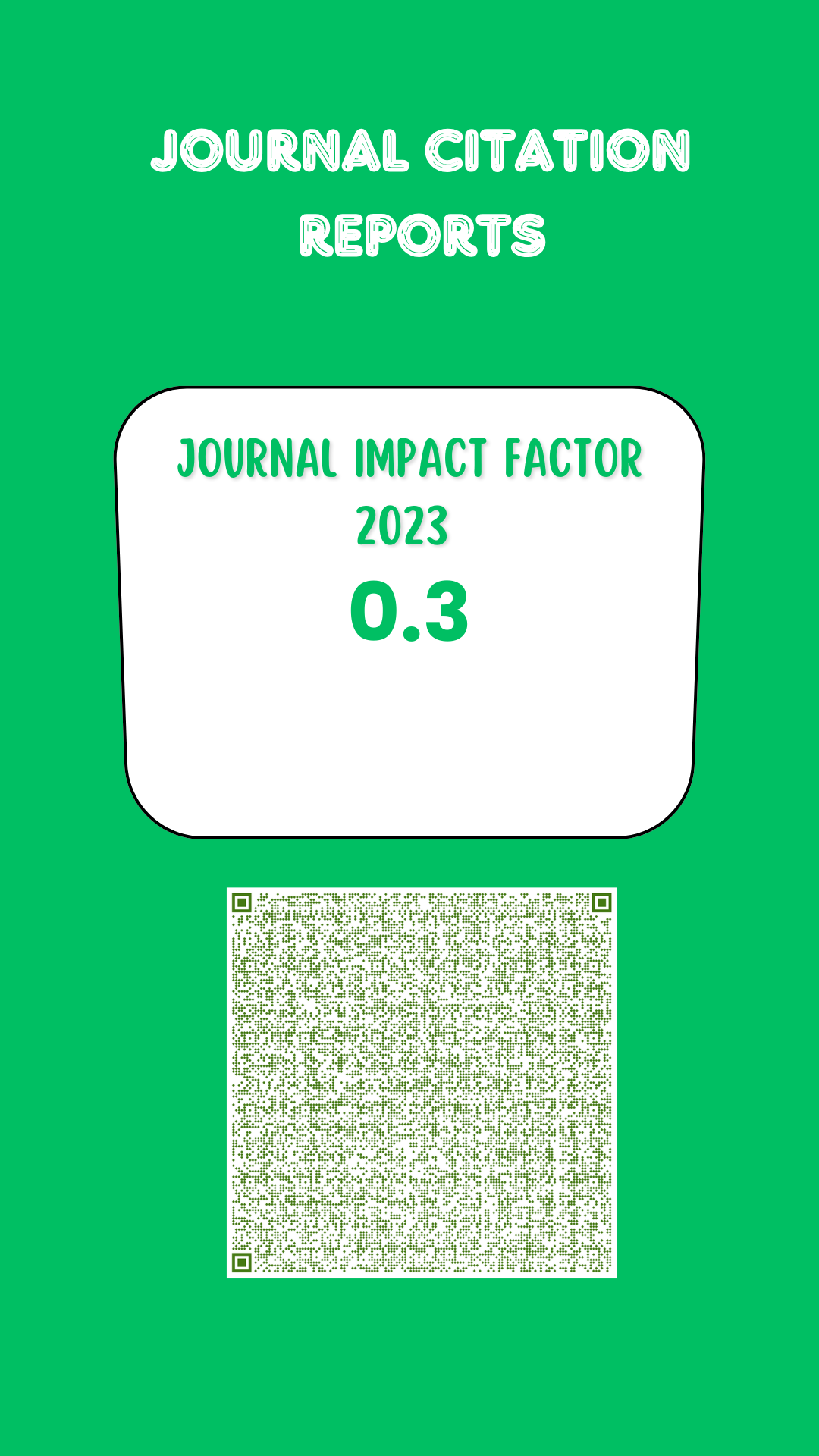Antagonism and antifungal activity of Humphreya coffeata (Berk.) Steyaert against Rhizopus stolonifer (Ehrenb.) Vuill.
DOI:
https://doi.org/10.19136/era.a11n1.3740Keywords:
Ascomycetes, Basidiomycetes, Biological control, Phytopathogen, cocultive, write rotAbstract
The fungus Rhizopus stolonifer causes the rotting of fruits and vegetables, so it is important to search for biological control alternatives. The objective was to perform antagonism and evaluate the antifungal activity of H. coffeata against R. stolonifer. The percentage reduction in mycelial growth (PRCM) and the type of antagonism of R. stolonifer were evaluated when growing it together with the antagonist strains, and the antifungal activity of the H. coffeata culture broth was evaluated. The PRCM was higher for H. coffeata and Daldinia sp.; they presented class 1 antagonism and contact inhibition since the mycelium of H. coffeatarolled up the hyphae of R. stolonifer. The three H. coffeata culture broths affected the growth of R. stolonifer, but it was more evident in the coculture, so through this system molecules can be obtained to be used in the bio-control of R. stolonifer.
Downloads
References
Acosta-Urdapilleta MDL, Téllez-Téllez M, Villegas E, Estrada A, Díaz-Godínez G (2016) Caracterización de cinco especies de Pleurotus crecidas en cuatro medios de cultivo. Mexican Journal of Biotechnology 1: 1-11.
Alves JM, Ferreira CFR, Dias J. Teixeira V, Martins A, Pintado M (2013) A review on antifungal activity of mushroom (basidiomycetes) extracts and isolated compounds. Current Topics in Medicinal Chemistry 13(21): 2648-2659.
Badalyan SM, Garibyan NG, Innocenti G (2002) Antagonistic activity of xylotrophic mushrooms against pathogenic fungi of cereals in dual culture. Phytopathologia Mediterranea 41: 200-225.
Badalyan SM, Garibyan NG, Innocenti G (2004) Interactions between xylotrophic mushrooms and mycoparasitic fungi in dual-culture experiments. Phytopathologia Mediterranea 43: 44-48.
Batool F, Sarwar S, Jabeen K, Shafiq T, Khalid AN (2019) Assessment of antifungal activity of some boletes mushrooms found in Himalayan range of Pakistan against some fungi. Pure and Applied Biology (PAB) 8(4): 2257-2261.
Bautista-Baños S, Bosquez-Molina E, Barrera-Necha LL (2014) Rhizopus stolonifer (soft rot). In: Bautista-Baños S (eds) Postharvest decay. Academic Press. pp: 1-44.
Bell DK, Wells HD, Markham CR (1982) In vitro antagonism of Trichoderma species against six fungal plant pathogens. Phytopathology 72: 379-382. https://doi.org/10.1094/Phyto-72-379.
Berovič M, Habijanič J, Zore I, Wraber B, Hodžar D, Boh B, Pohleven F (2003) Submerged cultivation of Ganoderma lucidum biomass and immunostimulatory effects of fungal polysaccharides. Journal of Biotechnology 103: 77-86. https://doi.org/10.1016/S0168-1656(03)00069-5.
Boddy L (2000) Interspecific combative interactions between wood-decaying basidiomycetes. FEMS Microbiology Ecology 31(3): 185-194. https://doi.org/10.1111/j.1574-6941.2000.tb00683.x.
Chandrashekara KN, Manivannan S, Chandrashekara C, Chakravarthi M (2012) Biological control of plant diseases. In: Singh VK, Singh Y, Singh A (eds) Eco-friendly innovative approaches in plant disease management International. Book Distributors and Publisher. New Delhi. pp. 147-166.
Cuevas MJA (2016) Los hongos: Héroes y villanos de la prosperidad humana. Revista Digital Universitaria 17: 2-10.
Dar GH, Beig MA, Ahanger FA, Ganai NA, Ahangar MA (2011) Management of root rot caused by Rhizoctonia solani and Fusarium oxysporum in blue pine (Pinus wallichiana) through use of fungal antagonists. Asian Journal of Plant Pathology 5(2): 62-67.
Ezziyyani M, Sánchez CP, Ahmed AS, Requena ME, Castillo MEC (2004) Trichoderma harzianum como biofungicida para el biocontrol de Phytophthora capsici en plantas de pimiento (Capsicum annuum L.). Anales de Biología 26: 35-45.
FAO (2022) Tackling food loss and waste: A triple win opportunity 2022. FAO. Roma. https://www.fao.org/newsroom/detail/FAO-UNEP-agriculture-environment-food-loss-waste-day-2022. Fecha de consulta: 22 de diciembre de 2022.
Goers L, Freemont P, Polizzi KM (2014) Co-culture systems and technologies: taking synthetic biology to the next level. Journal of The Royal Society Interface 11(96): 20140065. https://doi.org/10.1098/rsif.2014.0065.
Guédez C, Cañizález L, Castillo C, Olivar R (2009) Efecto antagónico de Trichoderma harzianum sobre algunos hongos patógenos postcosecha de la fresa (Fragaria spp.). Revista de la Sociedad Venezolana de Microbiología 29: 34-38.
Howell CR (2003) Mechanisms employed by Trichoderma species in the biological control of plant diseases. The history and evolution of current concepts. Plant Disease 87: 4-10. https://www.doi.org/10.1094/PDIS.2003.87.1.4.
Janisiewicz WJ, Korsten L (2002) Biological control of postharvest diseases of fruits. Annual Review of Phytopathology 40: 411-441. https://doi.org/10.1146/annurev.phyto.40.120401.130158.
Khalid S, Naseer A, Shahid M, Shah GM, Ullah MI, Waqar A, Abbas T, Rehman F (2019) Assessment of nutritional loss with food waste and factors governing this waste at household level in Pakistan. Journal of cleaner production 206: 1015-1024. https://doi.org/10.1016/j.jclepro.2018.09.138.
Lee YS, Kim J, Shin SC, Lee SG, Park IK (2008) Antifungal activity of Myrtaceae essential oils and their components against three phytopathogenic fungi. Flavour and Fragrance Journal 23(1): 23-28. https://doi.org/10.1002/ffj.1850.
Michel-Aceves AC, Hernández-Morales J, Toledo-Aguilar R, Sabino López JE, Romero-Rosales T (2019) Capacidad antagónica de Trichoderma spp. nativa contra Phytophthora parasitica y Fusarium oxysporum aislados de cultivos de jamaica. Revista Fitotecnia Mexicana 42: 235-241.
Moody SC (2014) Microbial co-culture: harnessing intermicrobial signaling for the production of novel antimicrobials. Future Microbiology 9(5): 575-578. https://doi.org/10.2217/fmb.14.25.
Mutlag NH, Sadeq MA, Hussein AM, Rasim H (2018) Assessment of the effect of autoclaving of Pleurotus ostreatus filtrate on its pathogenicity and antagonistic ability. Biochemical and Cellular Archives 18: 2095-2099.
Netzker T, Fischer J, Weber J, Mattern DJ, König CC, Valiante V, Schroeckh V, Brakhage AA (2015) Microbial communication leading to the activation of silent fungal secondary metabolite gene clusters. Frontiers in Microbiology 6: 299. https://doi.org/10.3389/fmicb.2015.00299.
Poucheret P, Fons F, Rapior S (2006) Biological and pharmacological activity of higher fungi: 20-year retrospective analysis. Cryptogamie Mycologie 27(4): 311.
Rayner ADM, Webber JF (1984) Interspecific mycelial interactions- an overview. Symposium series-British Mycological Society: 383-417.
Riddell RW (1950) Permanent stained mycological preparations obtained by slide culture. Mycologia 42: 265-270. https://doi.org/10.2307/3755439.
Sánchez JE, Royse D (2001) La biología y el cultivo de Pleurotus spp. 1a Edición. Editorial UTEHA Noriega. México. 293p.
Savoie JM, Mata G, Mamoun M (2001) Variability in brown line formation and extracellular laccase production during interaction between white-rot basidiomycetes and Trichoderma harzianum biotype Th2. Mycologia 93(2): 243-248. https://doi.org/10.2307/3761644.
Singh J, Mirza A, Kaur S, Arya SK, Singh G (2023) Application of microbial antagonists for the preservation of fruits: An effective strategy to inhibit the postharvest disease. Relationship Between Microbes and the Environment for Sustainable Ecosystem Services 3: 261-288. https://doi.org/10.1016/B978-0-323-89936-9.00018-7.
Thambugala KM, Daranagama DA, Phillips AJ, Kannangara SD, Promputtha I (2020) Fungi vs. fungi in biocontrol: An overview of fungal antagonists applied against fungal plant pathogens. Frontiers in Cellular and Infection Microbiology 10. https://doi.org/10.3389/fcimb.2020.604923.
Uc-Arguelles AK, Pérez-Moreno J, Ayala-Escobar V, Zavaleta-Mejía E (2017) Antagonism of Saccharicola sp. against phytopathogens of the root of jalapeno pepper (Capsicum annuum). Revista Mexicana de Fitopatología 35: 263-283. https://doi.org/10.18781/r.mex.fit.1611-6.
Xu S, Li M, Hu Z, Shao Y, Ying J, Zhang H (2023) The potential use of fungal co-culture strategy for discovery of new secondary metabolites. Microorganisms 11(2): 464. https://doi.org/10.3390/microorganisms11020464.
Yamaç M, Bilgili F (2006) Antimicrobial activities of fruit bodies and/or mycelial cultures of some mushroom isolates. Pharmaceutical Biology 44(9): 660-667. https://doi.org/10.1080/13880200601006897.
Zhang X, Li B, Zhang Z, Chen Y, Tian S (2020) Antagonistic yeasts: A promising alternative to chemical fungicides for controlling postharvest decay of fruit. Journal of fungi 6(3): 158. https://doi.org/10.3390/jof6030158.
Downloads
Published
Issue
Section
License
Copyright (c) 2024 Ecosistemas y Recursos Agropecuarios

This work is licensed under a Creative Commons Attribution-NonCommercial-ShareAlike 4.0 International License.
Aviso de copyright
Los autores que se envían a esta revista aceptan los siguientes términos:
una. Los autores conservan los derechos de autor y garantizan a la revista el derecho a ser la primera publicación del trabajo con una licencia de atribución de Creative Commons que permite a otros compartir el trabajo con un reconocimiento de la autoría del trabajo y la publicación inicial en esta revista.
B. Los autores pueden establecer acuerdos complementarios separados para la distribución no exclusiva de la versión del trabajo publicado en la revista (por ejemplo, en un repositorio institucional o publicarlo en un libro), con un reconocimiento de su publicación inicial en esta revista.
C. Se permite y se anima a los autores a difundir su trabajo electrónicamente (por ejemplo, en repositorios institucionales o en su propio sitio web) antes y durante el proceso de envío, ya que puede conducir a intercambios productivos, así como a una cita más temprana y más extensa del trabajo publicado. (Consulte El efecto del acceso abierto).



